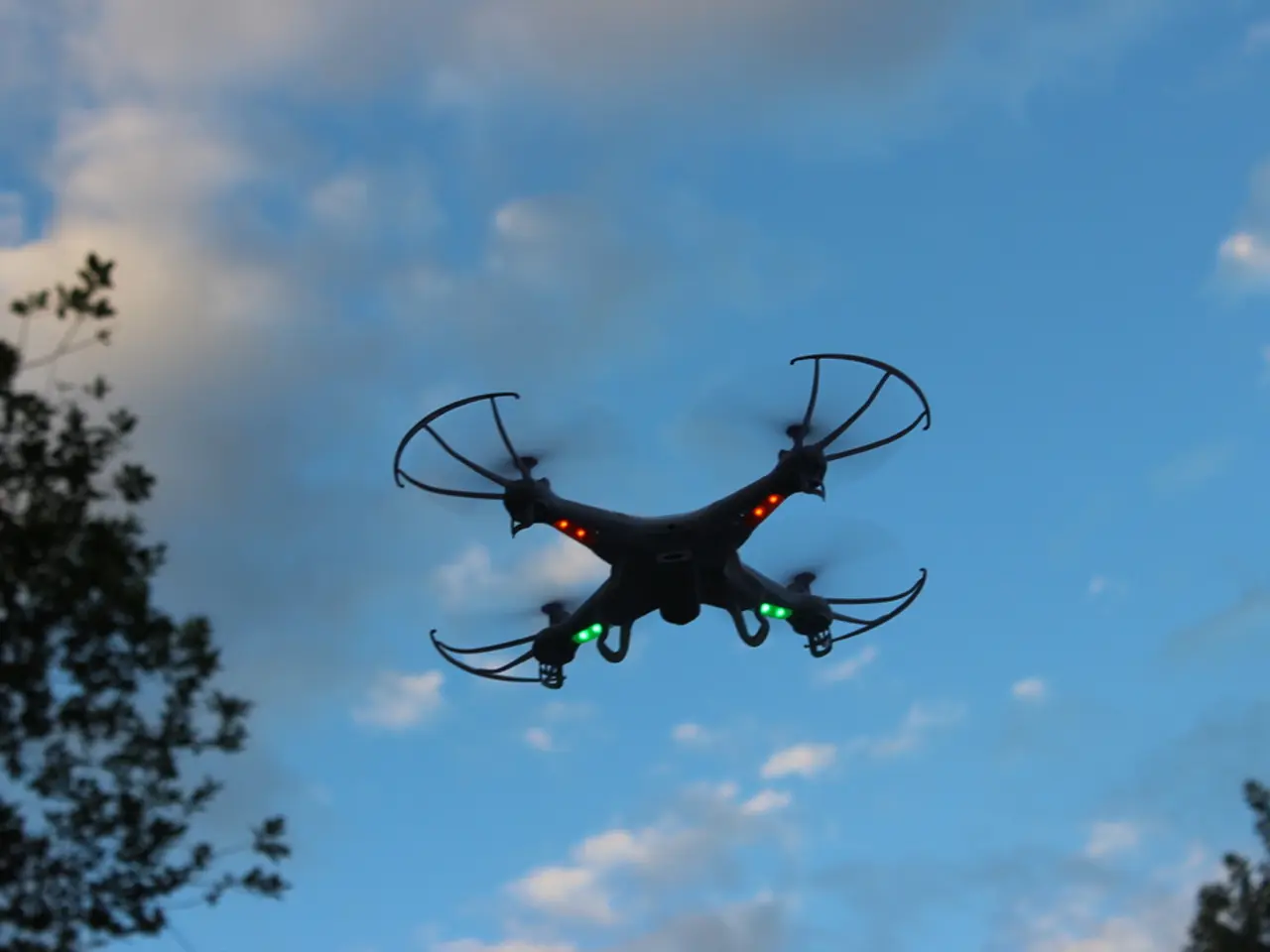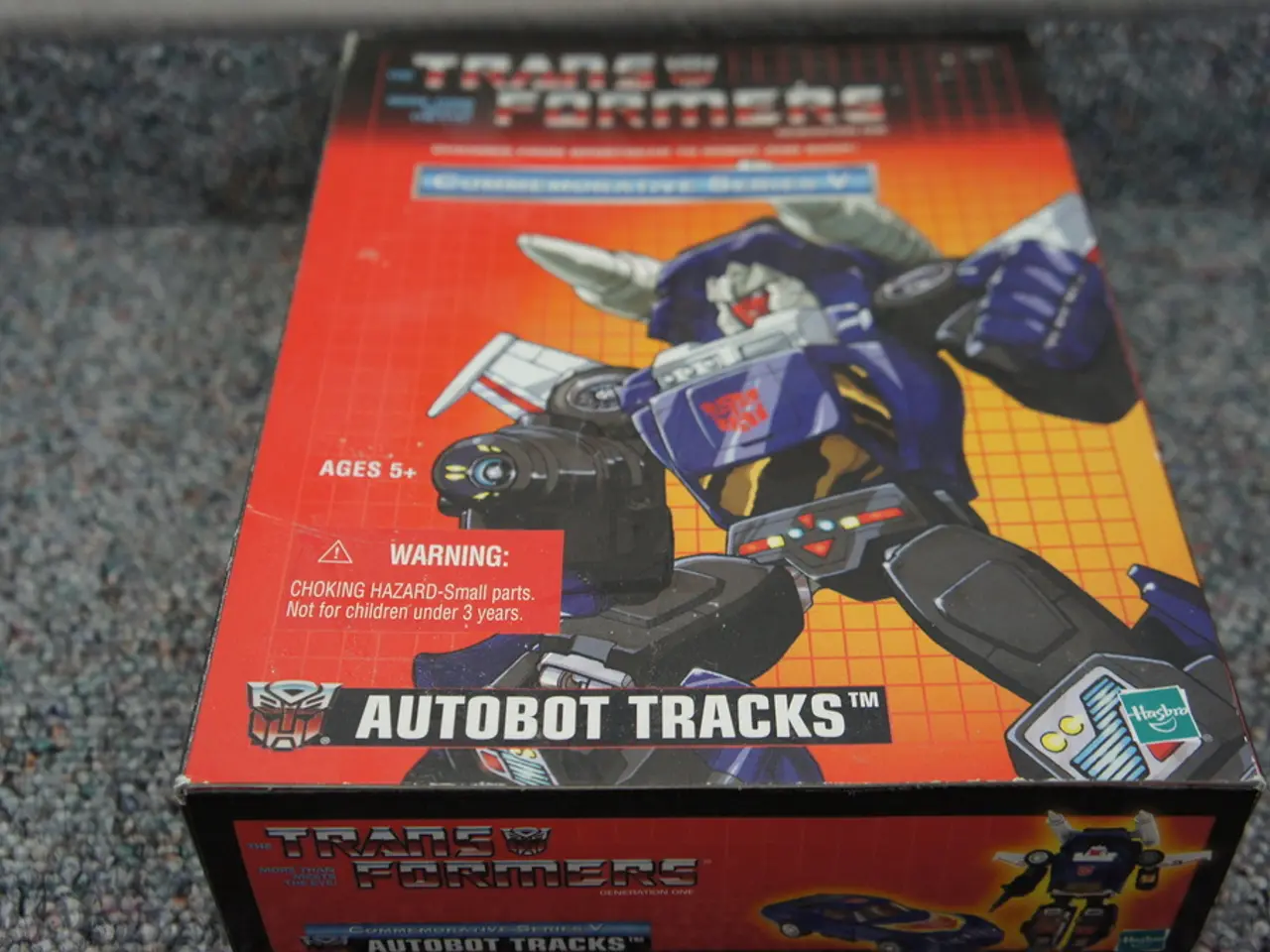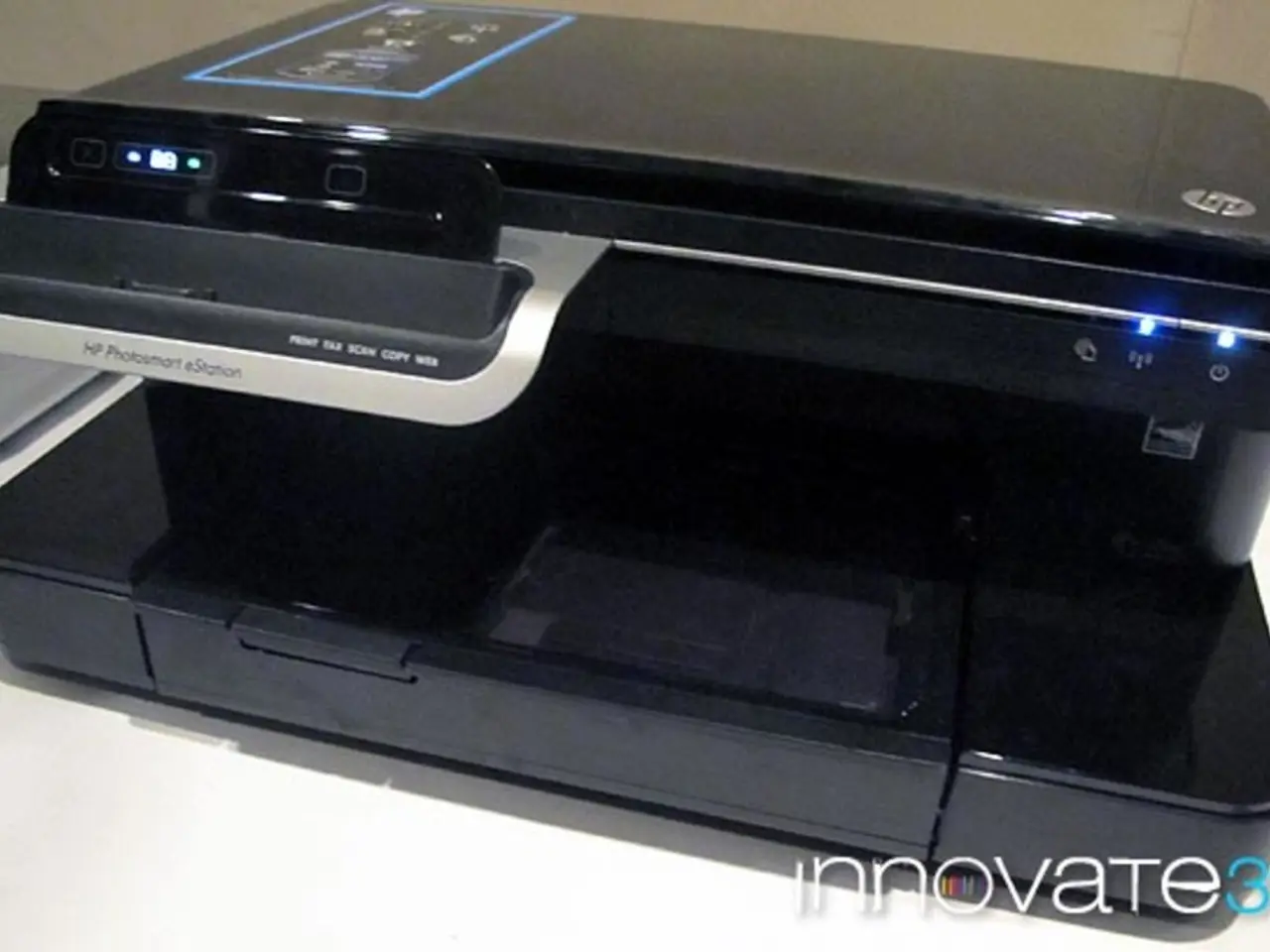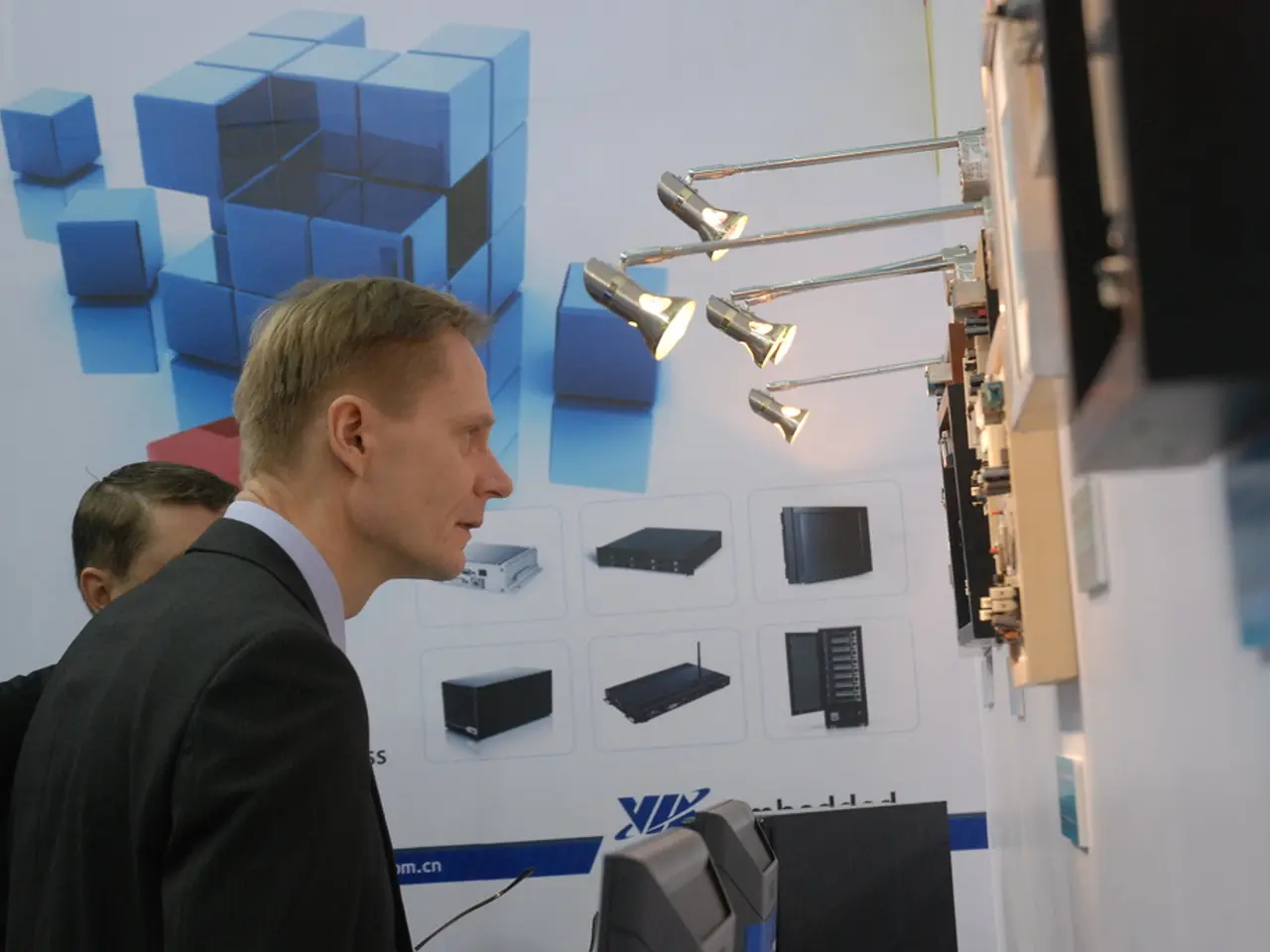Understanding PTZ: Functionality and Operation
In the rapidly evolving world of drone technology, Jacob Stoner, the CEO of Flyeye.io, has a keen interest in the potential societal impact these advancements could bring. One such innovation is the use of Pan-Tilt-Zoom (PTZ) systems in drone operations.
PTZ systems offer several key advantages that make them indispensable in various applications. These systems allow drones to monitor large areas without moving the aircraft itself, improving operational efficiency and situational awareness.
Firstly, the enhanced monitoring and inspection capabilities of PTZ systems are noteworthy. With stationary surveillance, drones can maintain a watchful eye over extensive territories, making them ideal for tasks such as inspections and surveillance. Operators can also zoom in on specific details, such as structural damage or license plates, without compromising the drone's position.
The versatility and control offered by PTZ systems are another significant advantage. The pan and tilt functions enable horizontal and vertical camera movements, allowing for comprehensive coverage of wide areas and tall structures. Both optical and digital zoom options are available, with optical zoom maintaining image quality while digitally enlarging the image.
Advanced tracking and stabilization features further enhance the capabilities of PTZ systems. Many units include intelligent tracking features that can automatically follow moving subjects, such as vehicles or people. Gimbal stabilization and autofocus ensure clear, steady footage even when the drone is in motion.
Efficiency and cost-effectiveness are also key benefits of PTZ systems. By allowing detailed inspections without requiring the drone to move closer, operational risks and costs can be reduced. In applications like building inspections, PTZ systems can eliminate the need for scaffolding or other access tools.
PTZ systems can be remotely controlled via the drone's ground station or flight controller interface, providing operators with precise control over camera movements and zoom levels. Many systems also include preset positions and tracking options for efficient operation.
Jacob Stoner, a licensed commercial drone operator in Canada, frequently conducts drone inspections using these advanced systems. His passion for drone technology extends beyond his professional life, as he indulges in videography during his leisure time. With extensive expertise in the drone industry, Stoner is a highly respected figure within his local community.
In conclusion, PTZ systems significantly enhance the versatility and efficiency of drone operations, making them suitable for a wide range of applications from security surveillance to infrastructure inspection and public safety & events. As the technology continues to evolve, it's clear that PTZ systems will play a crucial role in shaping the future of drone operations.
The integration of PTZ systems in drone operations, as observed by Jacob Stoner, a CEO and drone enthusiast, expands the spectrum of technology beyond drone operations. Enhanced monitoring and inspection capabilities, along with versatility and cost-effectiveness, make PTZ systems valuable gadgets in numerous applications, including security, infrastructure, and public events.




